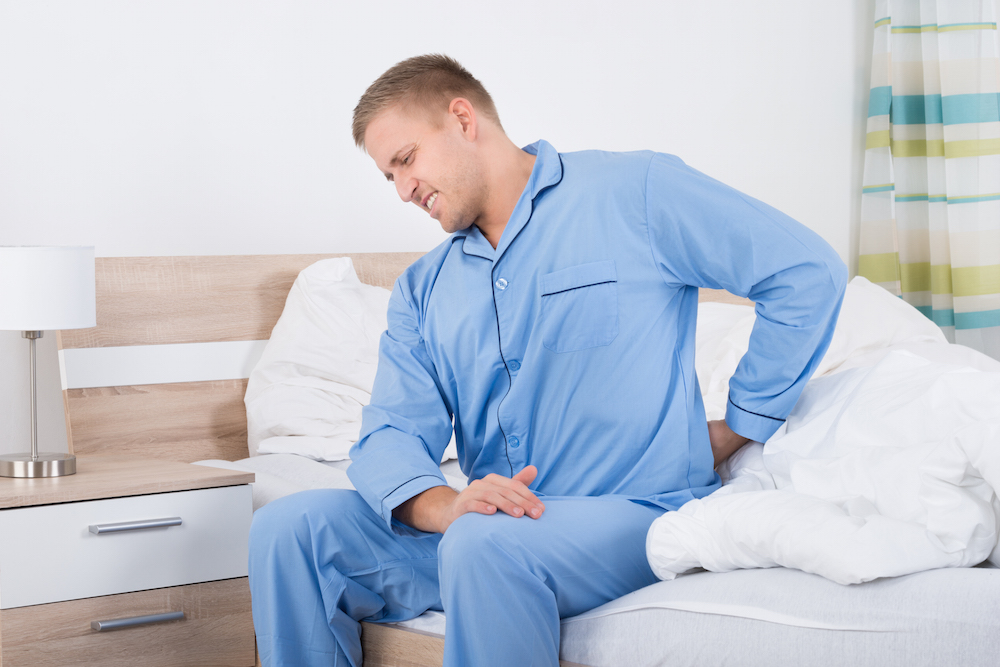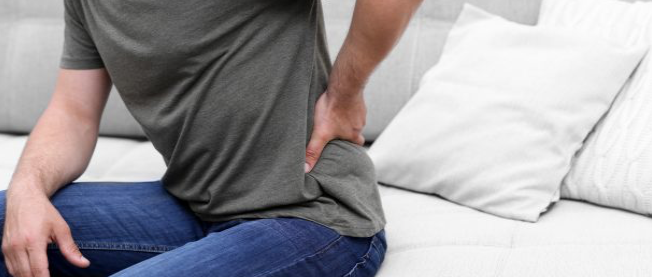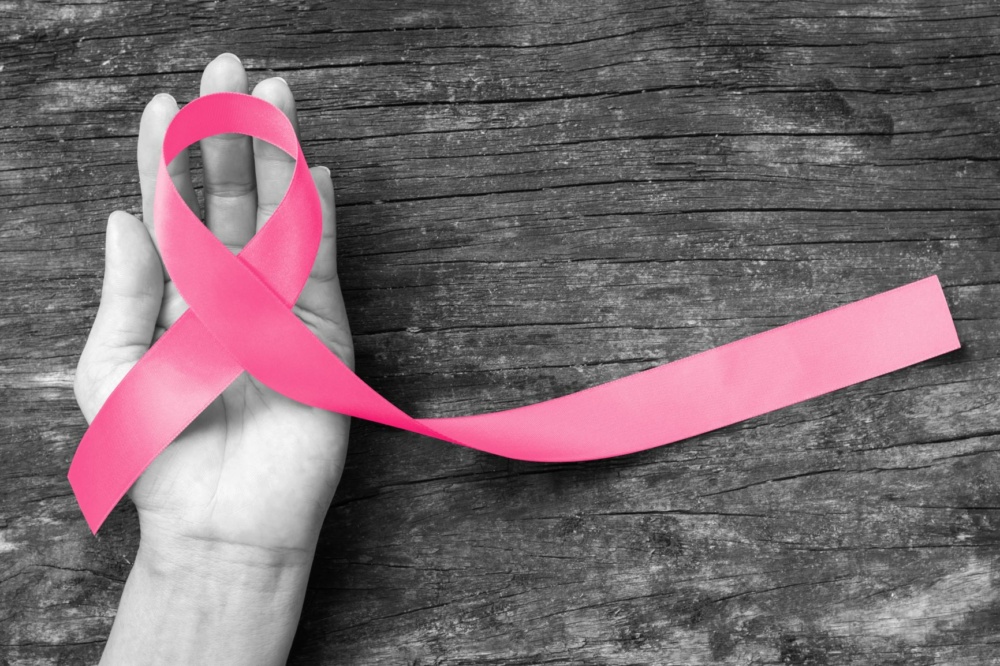[dropcap size=small]G[/dropcap]reater than 1/3 of the population in the United States experiences short-term or chronic back pain. While this pain can vary in its level of acuteness, when it’s bedtime, it can cause wakefulness and wreak havoc on a person’s energy level and overall health.
In addition to the usual stress and strains of day-to-day activities, back pain experienced at bedtime can be caused by any number of medical conditions. These include scoliosis, a curvature of the spine, arthritis, spondylitis, inflammation of the joints along the spine, bulging or ruptured discs, spinal stenosis, osteoporosis and many other conditions.
According to a recent article on the website Lifehacker, people with back pain will try almost anything to get some sleep. Sleeping on one’s stomach is generally regarded as the worst sleep position if you suffer from back and neck pain. “It’s like you’re looking over your shoulder for eight hours, because your head needs to be twisted to one side or the other to enable you to breathe,” says Dr. Ariel Blackburn, a chiropractor in South Carolina.
“My goals are to treat you with respect, diagnose your problem and remove your fears about neck and back pain” -Dr. Rey Bosita
The article notes that stomach sleeping also hyperextends the spine, which can exacerbate low back pain. “Those tight muscles then make the lower back arch more,” says Dr. Joseph Horrigan director of the Soft Tissue Center at DISC Sports & Spine Center.
“When you lay flat on your back, the position can put too much stress on the lower discs because you’re flattening out the lumbar lordosis, the natural forward curve of your low back,” explains Matt Tanneberg, a sports chiropractor and certified strength and conditioning specialist in Phoenix.
Side sleeping seems to be the most popular method for dealing with back pain while sleeping. However, it has some challenges as well. “If you sleep on your side, you need a pillow that’s firm and thicker—thick enough to take up the distance from your ear to the bed to keep your neck in a neutral position. Also, a pillow between your legs will help prevent the spinal rotation,” notes Dr. Kamshad Raiszadeh, a board-certified orthopedic surgeon and co-founder of SpineZone in California.
 Getting Some Sleep In Spite Of Back Pain
Getting Some Sleep In Spite Of Back Pain
We’re all wired to sleep differently. Some of us are natural side sleepers, some sleep on our backs and others sleep on our stomachs, and those natural sleeping positions can sometimes make back pain worse.
Many times, a person will feel uncomfortable when trying a new sleeping position because it doesn’t feel right. One of our goals at the Texas Back Institute is to help our patients get their back pain under control so they can sleep in the most comfortable position for them.
A person with spinal stenosis, for example, typically experiences pain when they extend their spine. If a person is a natural back sleeper, the firmness of the mattress will have the effect of extending the spine a small amount, making the back and leg pain worse.
In some instances, people will roll over quickly and they will suddenly wake up because their back pain will get acutely worse. For someone who is sleeping fitfully, the mattress may be the cause and sudden movements can increase back pain.
Regardless of the sleeping position, it’s my job to help our patients manage their pain so they can sleep in any position.
Send Me The Pillow That You Dream On
In some cases, a person might need to place a pillow beneath their knees, stomach or chest in order to keep their back in a comfortable position.
Pillow placement can have a positive impact on back pain experienced while sleeping.
When a pillow is placed underneath the knees and the person is lying on their back, this can take some of the pressure off of the lumbar spine. Sometimes when the pillow is placed between the knees for a side sleeper, it will help keep the spine in neutral alignment. The correct pillow choice can also help reduce neck pain.
“It’s like you’re looking over your shoulder for eight hours, because your head needs to be twisted to one side or the other to enable you to breathe” -Dr. Ariel Blackburn, a chiropractor in South Carolina
It’s important to try and keep the entire spine in as neutral a position as possible. Some people can do this naturally and others need help from various position pillows.
Because of the large number of people who have trouble sleeping, a market has developed for so-called “therapy pillows.” I believe that before purchasing a therapy pillow, a person should work on treating the causes of their back pain.
Environmental issues or personal habits can contribute to sleep deprivation. If, for example, a person drinks coffee all day and they have trouble sleeping, most likely the caffeine is keeping them awake. If there is stress at work or school, it is important to try and manage the stress properly and this will help a person sleep better.
The Study Of Sleep Deprivation Is Expanding
More and more often spine surgeons and back specialists are joining other sleep experts in treatment for sleep disorders, such as sleep apnea.
I believe it’s a growing field. There is still much research to be completed. For example, sleep apnea has multiple causes, which are usually treated by ENT doctors, but there could certainly be other causes for sleep deprivation including age-based hormone imbalances, early-stage diabetes, and even more serious conditions such as peripheral neuropathy, a nerve disorder which can cause sharp pain in the arms and legs.
Under any circumstance, someone with long standing back pain that is causing sleep loss should see a specialist to determine the cause and treatment of this pain.
For more information visit www.texasback.com or call 1.800.247.2225.

 Getting Some Sleep In Spite Of Back Pain
Getting Some Sleep In Spite Of Back Pain





Recent Comments